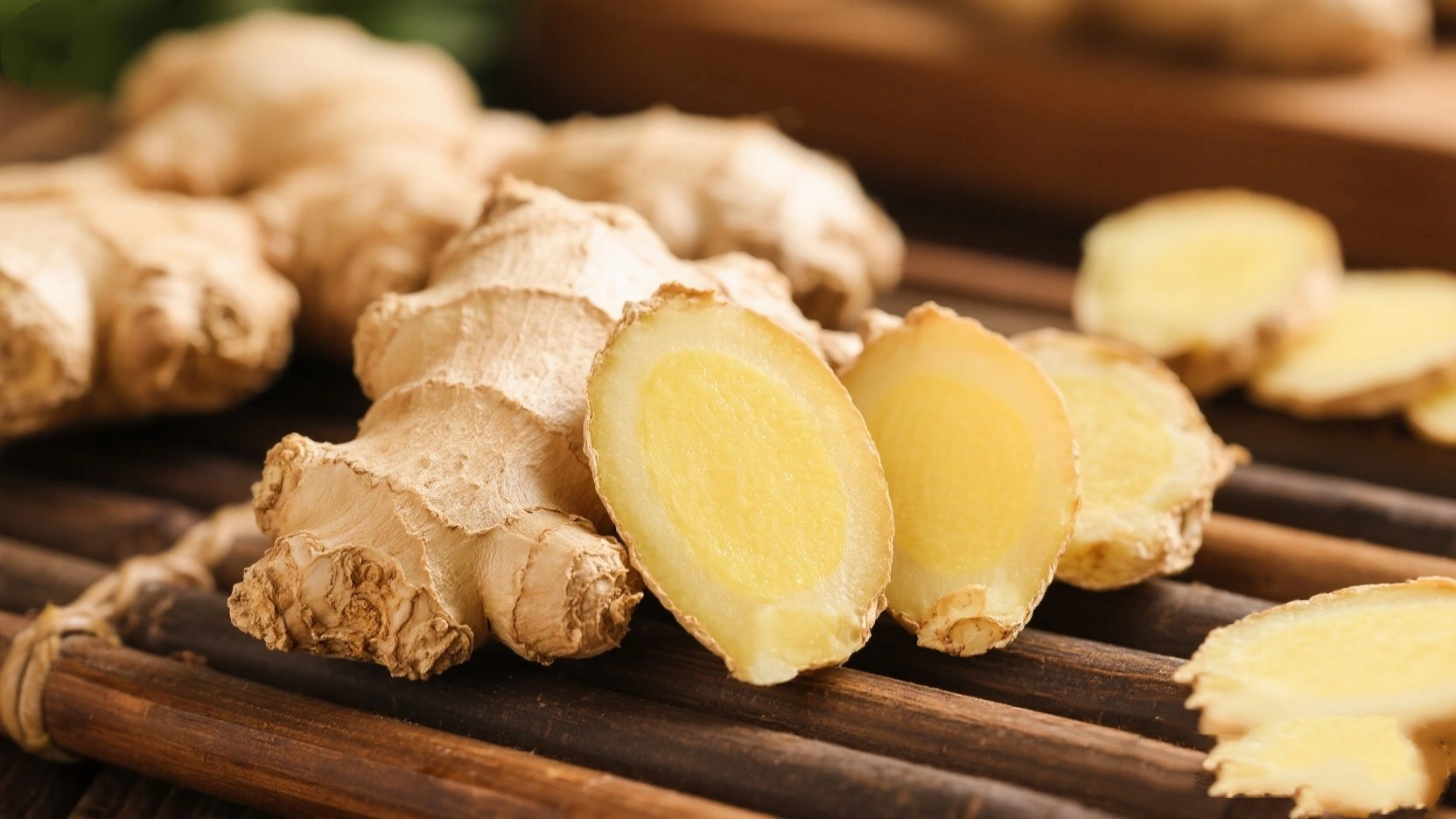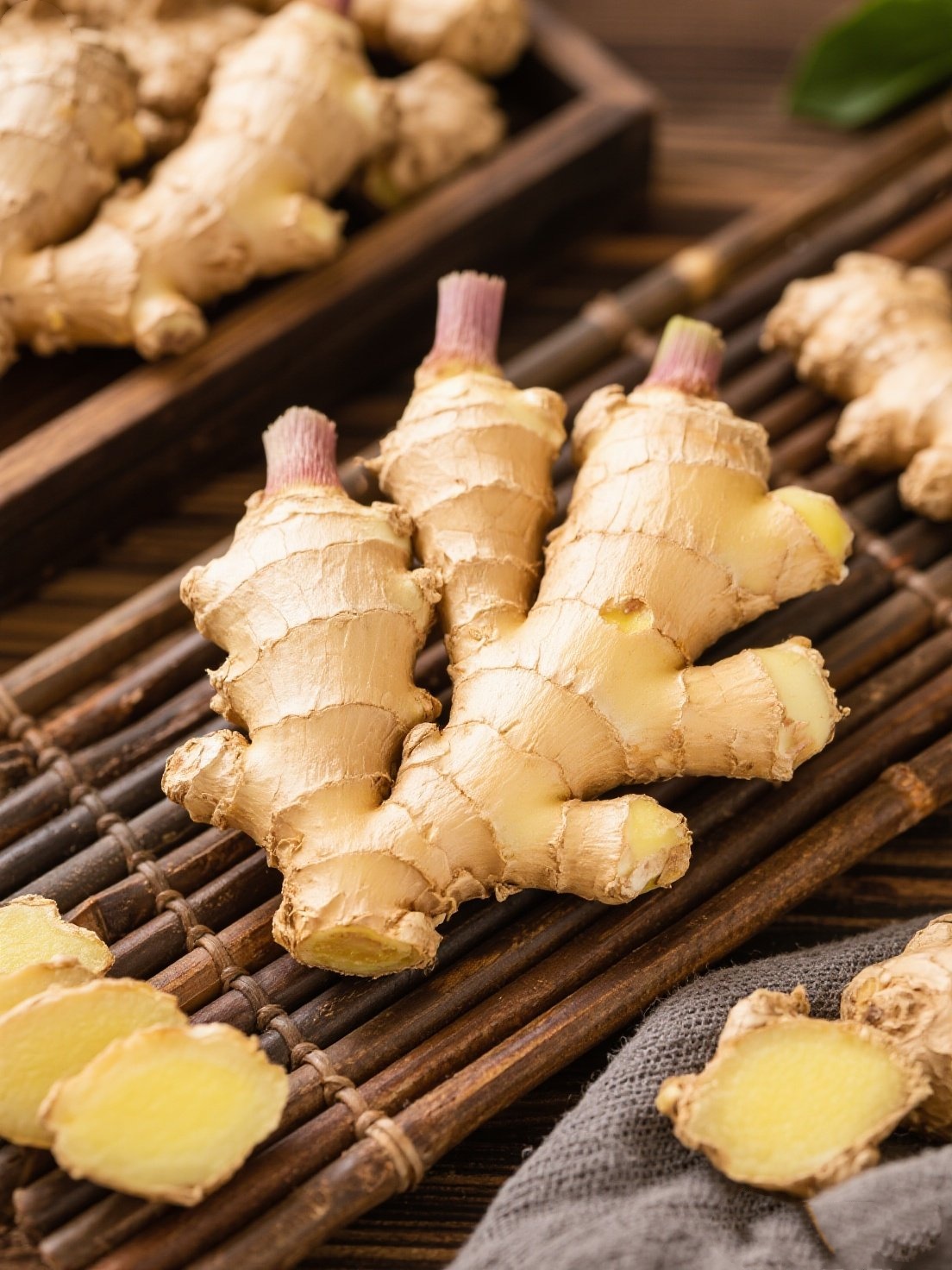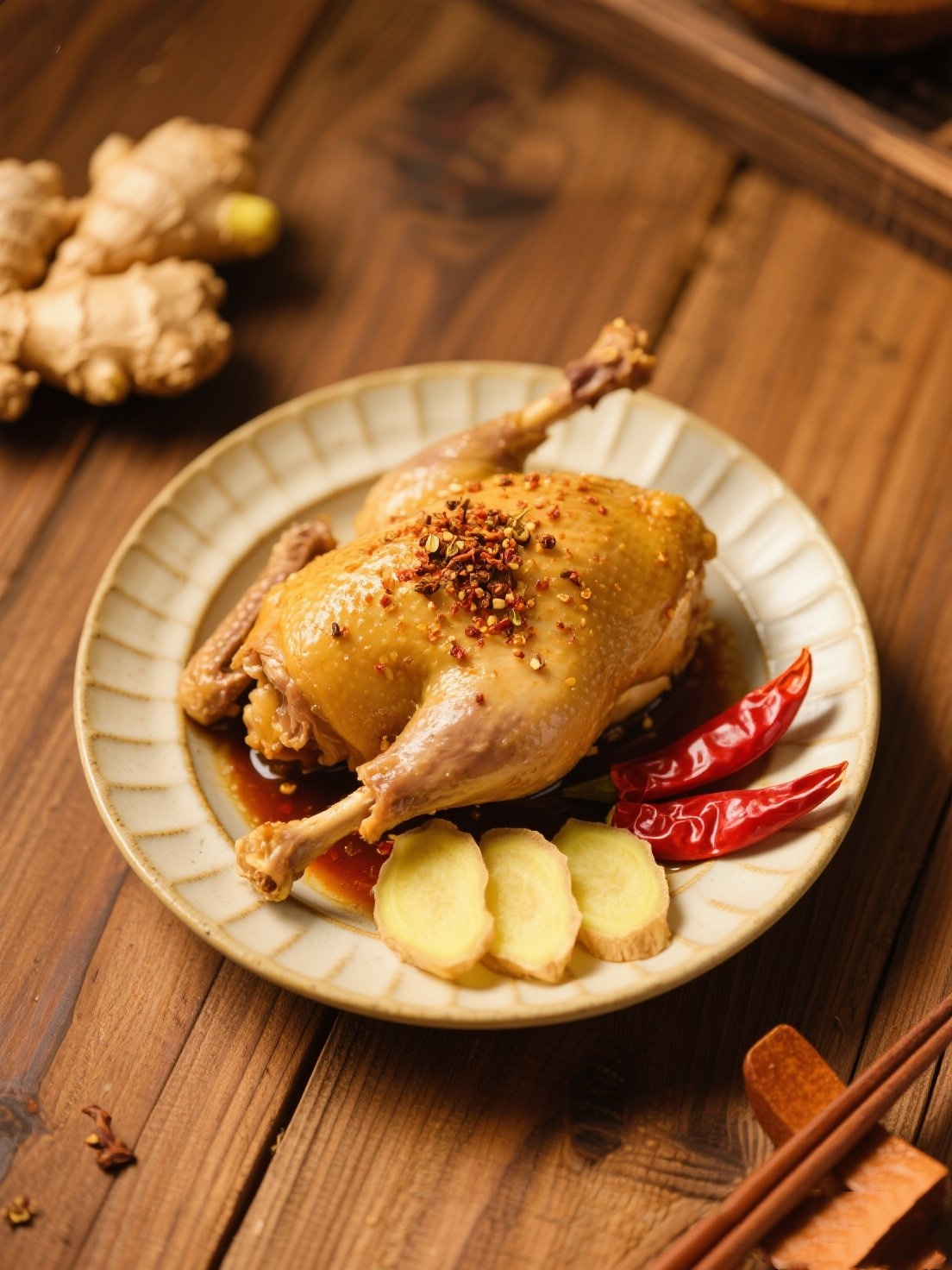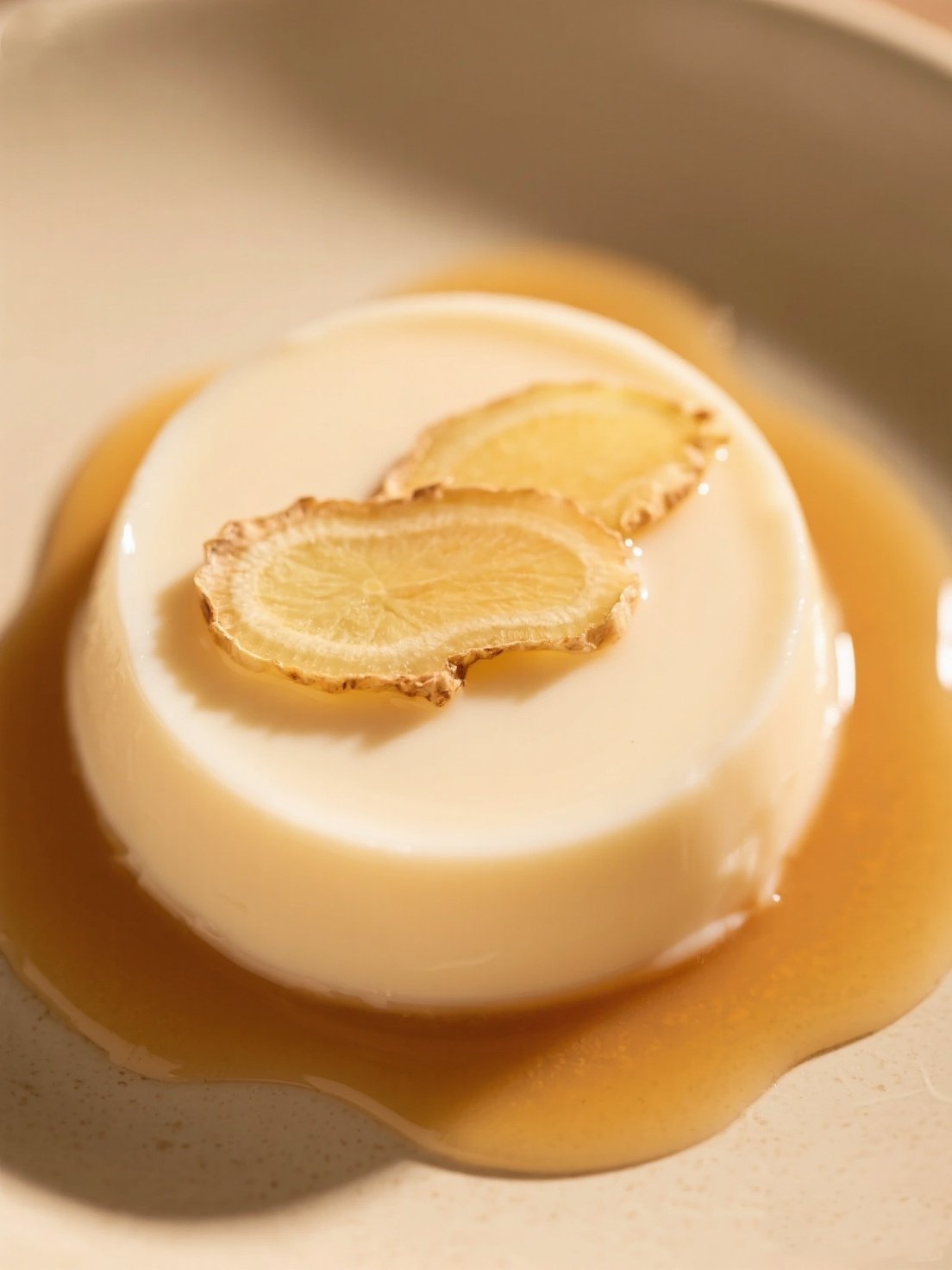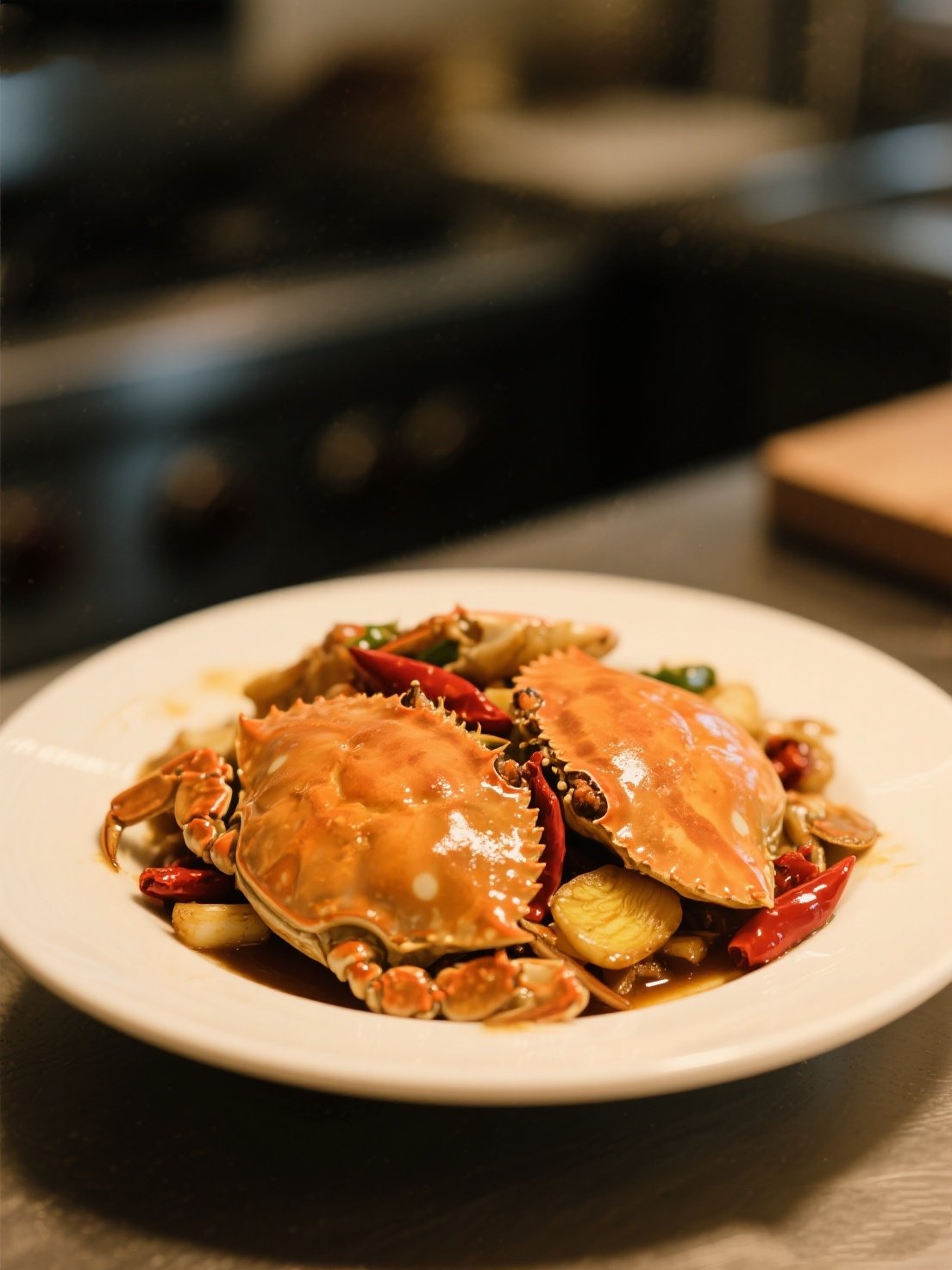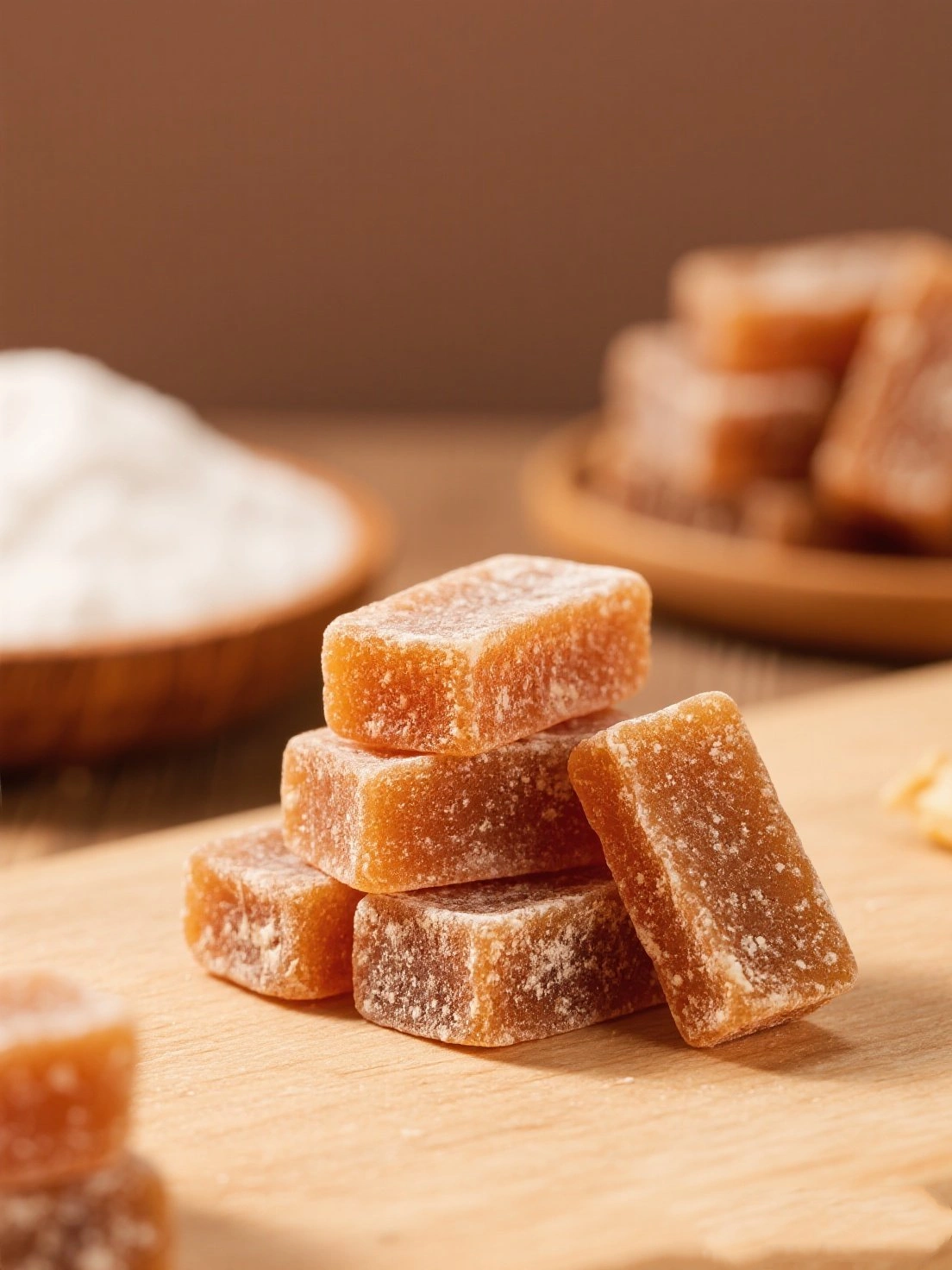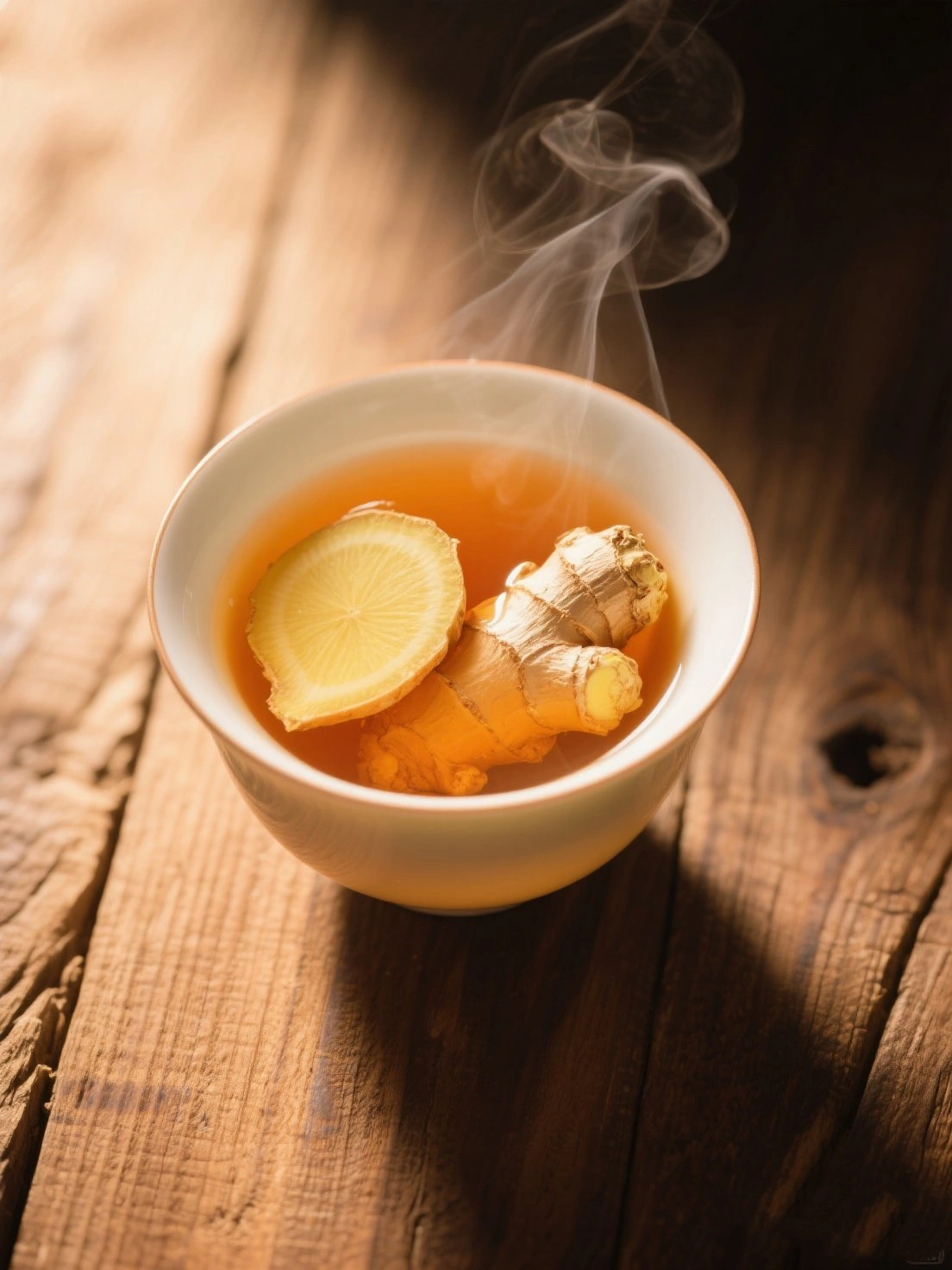Ginger (Zingiber officinale) is a perennial herbaceous plant in the Zingiberaceae family. It originated in Southeast Asia and has been cultivated in China for over 2500 years. As one of the oldest spices and medicinal plants in the world, ginger holds an important place in Chinese culture.
In the Analects of Confucius, it was recorded that "Confucius never removed ginger from his meals," indicating that ginger was already an important seasoning during the Spring and Autumn Period. In the classical Chinese medical text Shennong Ben Cao Jing, ginger was listed as a medium-grade medicinal herb with effects such as "warming the middle to dispel cold and restoring yang circulation."
Ginger is widely cultivated across China, with famous varieties including Laifu ginger from Shandong, Xiaohuang ginger from Yunnan, and Malu ginger from Sichuan. Each region produces ginger with unique flavors and rich nutritional value.
